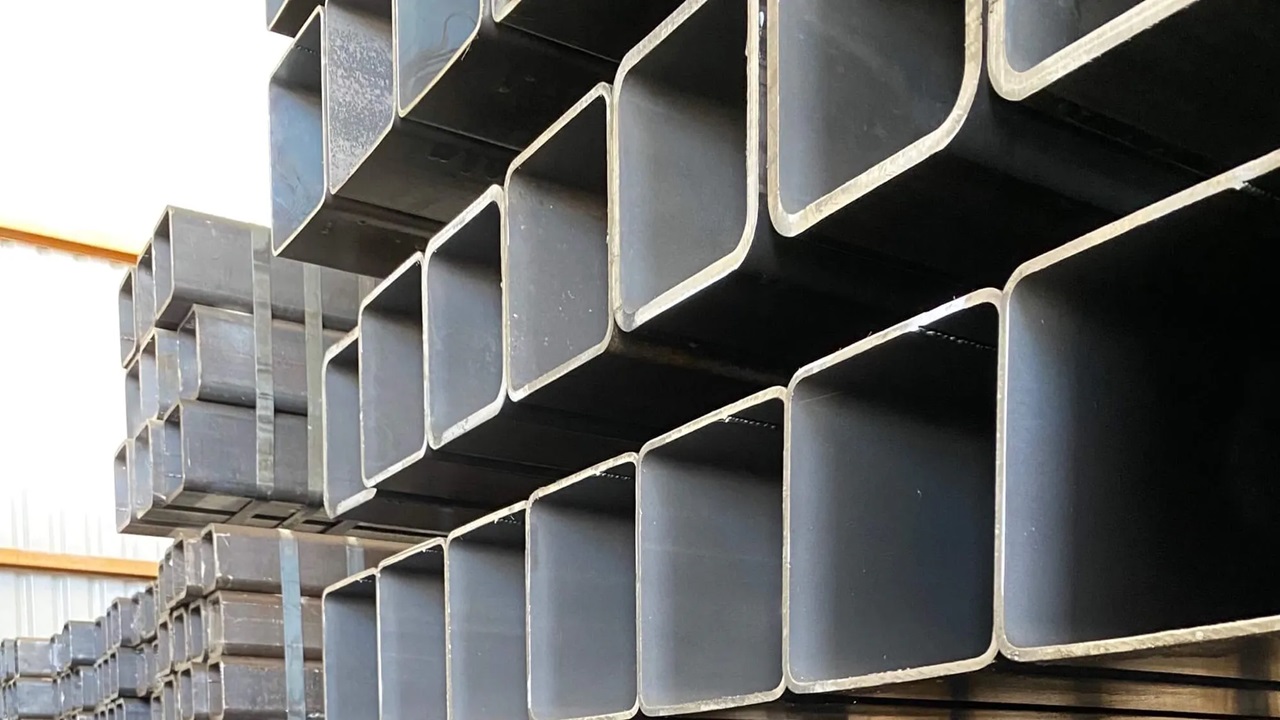There is thus a growing demand for constructing more sustainable but cost-effective structures in the current construction environment. Hollow Structural Sections (HSS) steel tubes are some of the strongest and most flexible materials that can be used in projects with such objectives. Knowing the HSS Steel Tube Weight Factor will help builders and designers achieve better cost control and minimize the negative effects on the environment. This guide explores how weight factors play a critical role in sustainable construction and how Tuspipe’s insights can help ensure cost-effective, eco-friendly builds.
Understanding HSS Steel Tubes and Their Benefits
HSS steel tubes are hollow, metal profiles in square, rectangular, and circular shapes with specific benefits for different applications. The steel material that most of the tubes are made of is strong and recyclable and it also brings more beauty to the sustainable construction process. HSS tubes are characterized by their hollow structure, which though lighter than solid material, is capable of supporting loads. The fact that strength is achieved while at the same time decreasing the weight of the material allows the builder to create solid structures using less material, thus saving on resources and emissions. In addition to saving money, HSS steel tubes are flexible. Architects, engineers, and builders may use them in several structural applications, from support columns to frames and trusses. Their flexibility allows the efficient use of materials in construction and, therefore less waste at the construction site.
What Is the Weight Factor in HSS Steel Tubes?
The weight factor of HSS steel tubes is a measure of how much weight the tube adds to a structure, which can directly influence both project cost and environmental impact. Weight factor depends on multiple aspects of the HSS tube, such as wall thickness, shape, and dimensions. By proper determination of the weight factor for each project, the required strength can be obtained without overstressing the structure and extra cost on the materials. In the case of construction material, it is important to know the right weight and strength of the construction material. A very thick tube may exert additional load on the structure and the cost of transport and installation will also be high while a thin tube may not be strong enough to meet the load demand in the project. The right weight factor helps in making the right decision in the use of resources to balance between sustainability and cost.
Factors That Determine HSS Steel Tube Weight
Several factors affect the weight of HSS steel tubes, each of which has implications for a project’s environmental and financial efficiency. Here’s a breakdown of key elements that influence HSS tube weight:
Wall Thickness
Wall thickness is a primary factor in determining the weight of HSS tubes. Thicker walls add strength and durability but also increase weight. For projects requiring heavy load-bearing capacity, thicker-walled tubes are appropriate, while lighter applications can use thinner walls to reduce material use.
Tube Shape
HSS tubes come in square, rectangular, and circular shapes, each serving different structural purposes. Circular tubes are typically used in columns due to their balanced load distribution, while rectangular and square shapes are favored in frames where directional strength is needed. Each shape has a specific weight factor, and selecting the right shape can ensure the structure remains stable without adding unnecessary weight.
Dimensions
Tube dimensions, including length and cross-sectional area, also impact weight. Larger tubes provide greater load support, but this adds to the overall project weight. Since the thickness of the tube can be adjusted.
Material Density
While HSS tubes are typically made from steel, certain projects may require specific steel grades or treatments, which can affect density. High-density materials increase weight but may be necessary for certain environments. For most projects, standard steel HSS tubes offer a balance between durability and manageable weight.
Tuspipe’s Recommendations for Optimizing Weight Factors
Tuspipe emphasizes the importance of selecting an HSS weight factor that suits the unique needs of each project. Here are some tips for optimizing weight factors in sustainable builds:
Consider Load Requirements
Before selecting a tube, analyze the load it must support. This will guide the choice of wall thickness, shape, and dimensions.
Balance Strength and Weight
Finding the balance between strength and weight is crucial. Heavier materials may offer extra durability, but they can compromise sustainability goals. Opt for tubes that meet strength requirements without excess weight.
Prioritize Recyclable Materials
The fact that steel is a recyclable material makes it an environmentally friendly material to be used in the project. Choosing HSS tubes that are reusable, and recyclable adds to sustainability.
Conclusion
In the quest for sustainable and cost-effective construction, understanding HSS steel tube weight factors can make a significant difference. With the right weight balance, HSS tubes offer a blend of strength, versatility, and environmental responsibility. By following Tuspipe’s insights on weight factors, projects can achieve structural integrity while contributing to a more sustainable construction industry.

